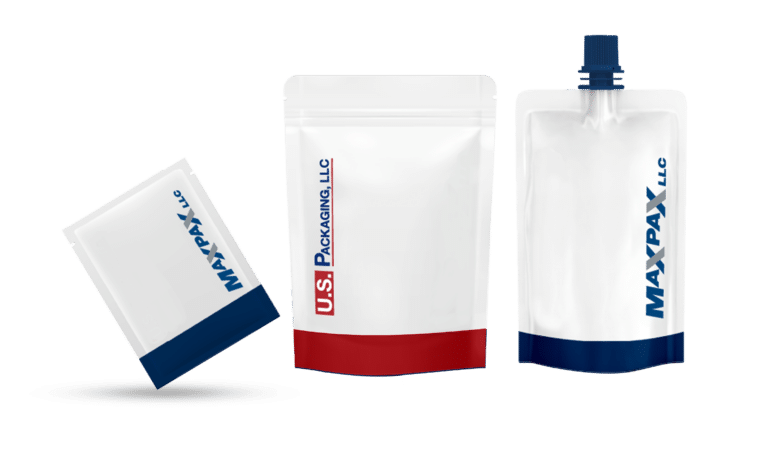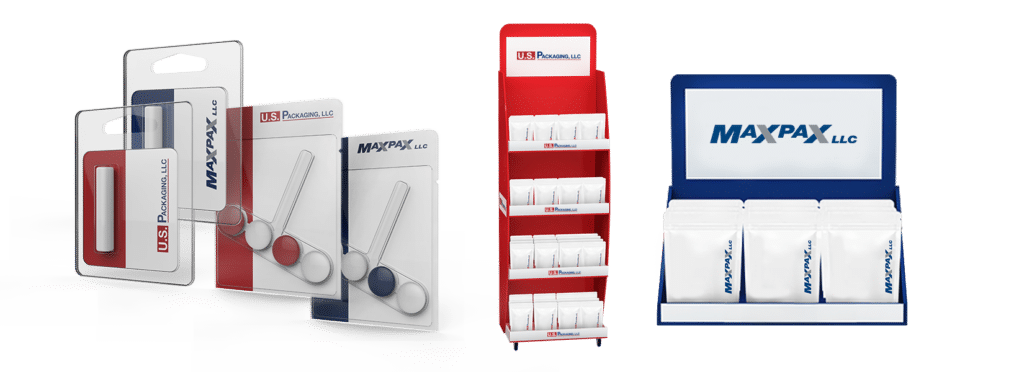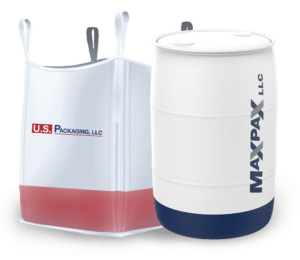Many companies across various industries outsource packaging operations as a strategic decision to enhance production efficiency, reduce costs, and focus on their core competencies. This guide will walk you through the benefits, considerations, and steps involved in outsourcing your packaging operations, ensuring you make an informed decision that aligns with your business goals.
Why Outsource Your Packaging Operations?
1. Cost Efficiency
Outsourcing can significantly reduce overhead costs for maintaining packaging equipment, facilities, and labor. By leveraging the scale and efficiency of specialized packaging companies, you can enjoy lower costs per unit.
2. Access to Expertise and Advanced Technology
Packaging companies invest heavily in the latest technologies and maintain a workforce skilled in the most up-to-date packaging techniques. Outsourcing allows you to benefit from these advancements without direct investment.
3. Increased Flexibility
With the ability to scale up or down based on demand, outsourcing your packaging operations provides flexibility that is difficult to achieve internally. This adaptability can be crucial in responding to market changes and customer demands.
4. Improved Focus on Core Business Activities
By outsourcing non-core activities like packaging, your company can focus its resources on areas that directly contribute to product development, marketing, and growth.
5. Enhanced Quality and Compliance
Packaging companies often have rigorous quality control processes and are well-versed in regulatory requirements for various industries, reducing the risk of compliance issues.
Considerations Before Outsourcing Packaging Operations
Choosing the Right Packaging Partner
The success of outsourcing heavily depends on selecting the right packaging provider. Criteria for selection should include their reputation, capacity, expertise in your industry, and their ability to meet your quality and delivery expectations.
Communication and Control
Establish clear communication channels and control mechanisms to meet your standards consistently. Regular audits and meetings help maintain the quality and reliability of the service provided.
Cost Implications
While outsourcing can reduce operational costs, it’s essential to understand the full financial implications, including setup fees, ongoing costs, and contract terms.
Transition Process
Switching from in-house to outsourced packaging operations can be complex. Plan the transition carefully to avoid disruption to your supply chain.
Steps to Outsource Your Packaging Operations
1. Assess Your Needs: Clearly define what you need from an outsourcing partner in terms of capacity, services, and performance criteria.
2. Market Research: Investigate potential outsourcing partners who have the capabilities and experience to handle your product and industry’s specific requirements.
3. Request Proposals: Invite proposals from selected vendors to evaluate their offerings and capabilities.
4. Evaluate Proposals and Select a Vendor: Assess proposals based on cost, capabilities, service levels, and compatibility with your business needs.
5. Negotiate Terms: Work out the contractual details, focusing on aspects such as pricing, confidentiality, liability, quality control measures, and termination conditions.
6. Implement Transition Plan: Develop and implement a plan to transition your packaging operations to the selected vendor. This plan should include training, knowledge transfer, and scaling up the operations.
7. Monitor and Optimize: Review your outsourcing partner’s performance regularly and look for opportunities to optimize processes and reduce costs.
Outsourcing your packaging operations can lead to substantial benefits, including cost savings, improved efficiency, and enhanced product quality. However, careful planning and management are required to ensure the partnership delivers the desired outcomes. By following this guide, you can navigate the complexities of outsourcing and establish a successful, productive relationship with your packaging provider.






